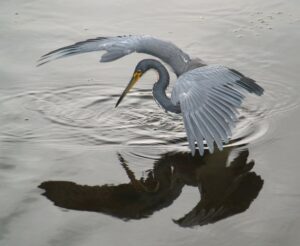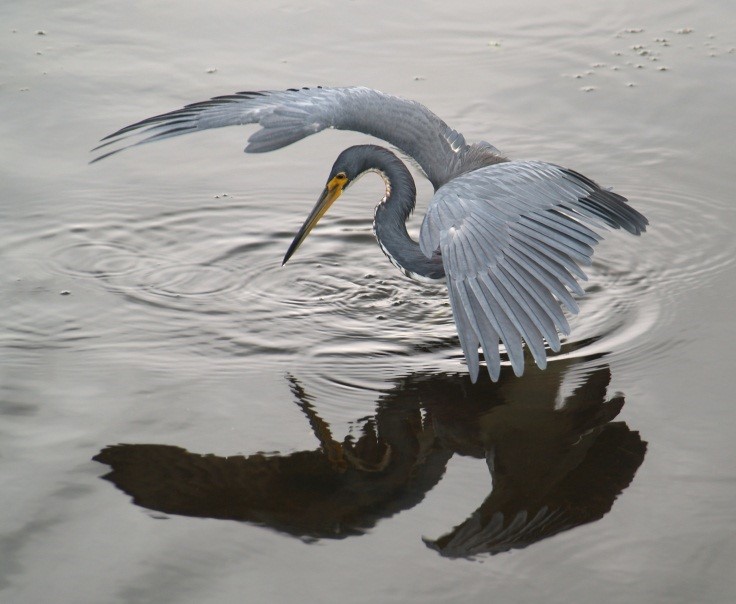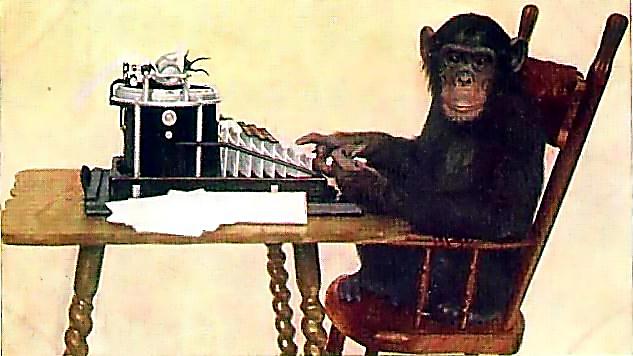Poet Laureate of Delaware County and T&W teaching artist Bertha Rogers offered this cross-curricular lesson to a class of sixth-graders. Scientific observation and Pablo Neruda combine in this lesson, in which students learn odes from a master and use the form to convey newly gathered information. Rogers says, “Students learn not only about the lives of other creatures; they learn their place in this universe, and they learn how to write those revelations in poetry.”
Lesson Overview
Grade(s): 6th
Genre(s): Poetry
Download: Odes in Science: A Lesson Plan
Common Core State Standards: (Refer to the Anchor Standards for Writing at English Language Arts Standards > Writing > Grade 6)
- ELA-LITERACY.W.6.3
Write narratives to develop real or imagined experiences or events using effective technique, relevant descriptive details - ELA-LITERACY.W.6.8
Gather relevant information from multiple print and digital sources; assess the credibility of each source; and quote or paraphrase the data and conclusions of others while avoiding plagiarism and providing basic bibliographic information for sources.
Guiding Questions:
- Why do we write odes (love poems to objects, humans, creatures) to explain what is otherwise not explainable (at least during pre-science times), i.e., why is the heron’s beak orange; why does he have such long legs; why does he live in swamps?
- How should we use figurative language and detail to build a poem?
- How do descriptions that use sensory details (seeing, hearing, tasting, etc.) develop a poem?
- Why present the heron’s surroundings and color; how do those explanations develop the poem?
- If you were a heron, what would your daily life be like? How would you eat, sleep, drink, care for your little ones?

LESSON
Introduction: Students first listen to a traditional legend/myth about how something “came to be/happen.” They then watch YouTube video from Cornell Ornithology’s Great Blue Heron nest with chicks.
Ask students to take notes on the information you’ve gathered from watching the Heron footage. Then discuss their thoughts, using the SMART Board or whiteboard to highlight new knowledge shared by the students.
Read Pablo Neruda’s “Ode to Salt”:
This salt
in the salt cellar
I once saw in the salt mines.
I know
you won’t
believe me
but
it sings
salt sings, the skin
of the salt mines
sings
with a mouth smothered
by the earth.
I shivered in those
solitudes
when I heard
the voice
of
the salt
in the desert.
Near Antofagasta
the nitrous
pampa
resounds:
a
broken
voice,
a mournful
song.In its caves
the salt moans, mountain
of buried light,
translucent cathedral,
crystal of the sea, oblivion
of the waves.
And then on every table
in the world,
salt,
we see your piquant
powder
sprinkling
vital light
upon
our food.
Preserver
of the ancient
holds of ships,
discoverer
on
the high seas,
earliest
sailor
of the unknown, shifting
byways of the foam.
Dust of the sea, in you
the tongue receives a kiss
from ocean night:
taste imparts to every seasoned
dish your ocean essence;
the smallest,
miniature
wave from the saltcellar
reveals to us
more than domestic whiteness;
in it, we taste finitude.
Main Activity:
Discuss how Neruda transforms that most common of things, salt, into POETRY. Students write a first draft of their own odes, to explain what they previously did not know about herons and to demonstrate their new knowledge.
Closing:
Read out loud (the experience of hearing each other’s work is valuable; it helps students understand how language can change thought an experience into poetry), as much work as possible in the time period, discussing strong points and parts that could be improved in each poem. Assignment for tonight: write the second draft, replacing declarative statements with simile, metaphor, alliteration, hyperbole, etc. Read to a friend or family member. Poetry can be like music; poetry wants to be heard; the student will hear the “wrong” and “right” notes as she reads out loud.
Materials:
Computer, projector or SMART board, copies of the Neruda poem
Vocabulary:
Heron, ode, declarative, poetic devices
Multi-Modal Approaches to Learning:
This lesson engages visual learners, watching the footage of the heron; logical learners, extracting information from a source to inform writing; aural learners, listening to Neruda’s poem read aloud; intrapersonal learners, time spend independently writing; and interpersonal learners, sharing poems and giving feedback with peers.



